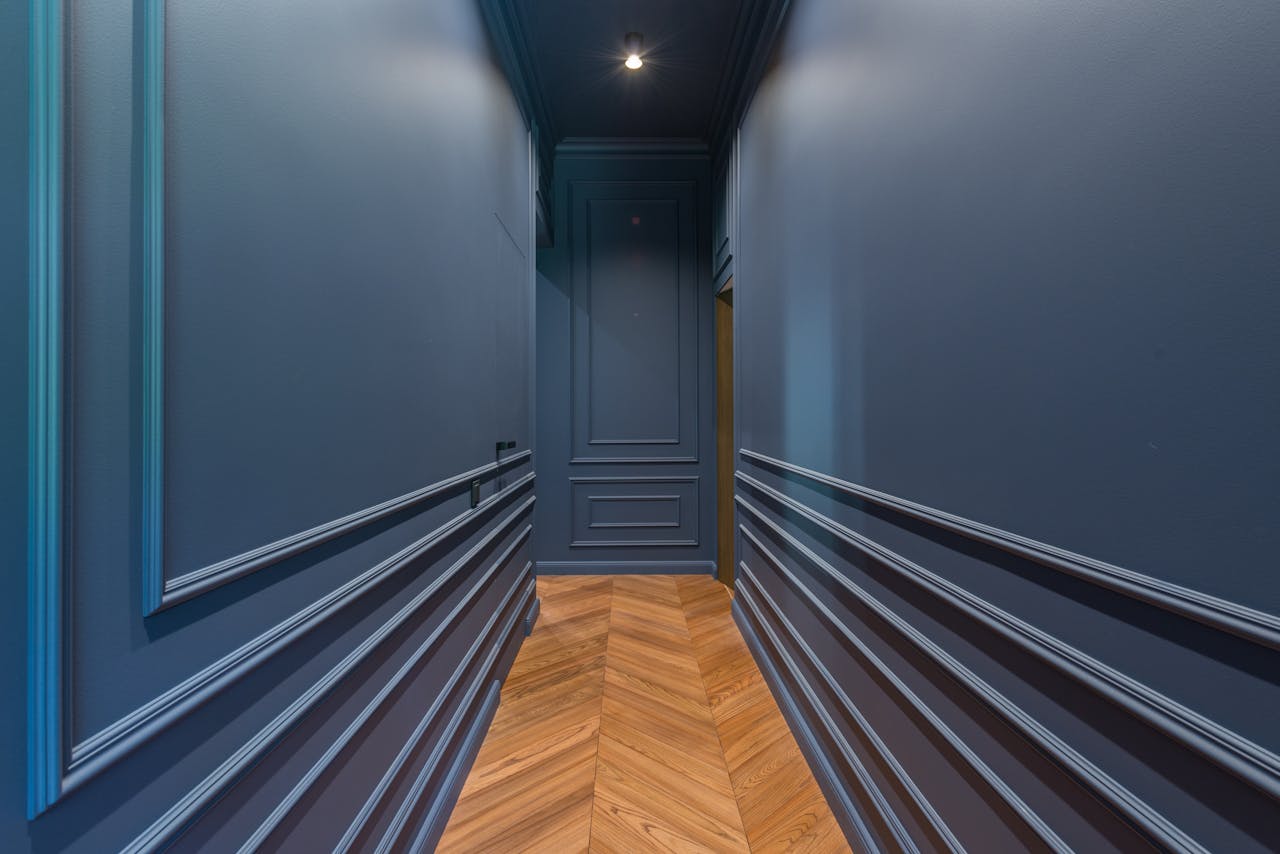Mold doesn’t take long to settle in.
Homeowners in coastal areas often face this problem more than others. The high humidity, frequent rain, and warm temperatures create ideal mold conditions. If you live in Carolina Beach, NC, you know the air holds a lot of moisture, especially during the warmer months. That moisture doesn’t just stay outside — it finds its way into your walls, ceilings, floors, and even your HVAC system if you’re not careful.
This guide gives you real, useful steps to stop mold before it causes trouble.
1. Know the Spots Where Mold Likes to Hide
Mold [A1] doesn’t pop up in random places. It grows where moisture sits for too long. Bathrooms, kitchens, basements, and laundry rooms are the main risk areas. But there are other places people often forget to check.
Window sills collect condensation, especially in homes without insulated windows. Under sinks is another common place, especially if there are slow leaks that go unnoticed. Closets with poor airflow and even air vents can trap moisture too. Wherever air is still and damp, mold can grow.
Walk through your home and look in these spots. If anything feels damp or smells musty, clean it and dry it right away. Finding problems early makes a big difference.
2. Don’t Forget Your HVAC System Needs Care
Your heating and cooling system does more than control temperature. It also affects air quality and moisture levels in every room. When HVAC systems don’t get cleaned or maintained, they can become mold sources themselves.
Filters that stay dirty can trap moisture and mold spores. Ducts that go unchecked may collect dust and humidity. If your system has leaks or isn’t draining properly, mold can grow inside without you knowing.
A licensed HVAC contractor in Carolina Beach, NC can inspect your system, clean it, and make sure it’s working to remove excess moisture. Regular maintenance improves airflow, helps control humidity, and lowers mold risk.
3. Make Sure Your Home Has Proper Ventilation
Ventilation keeps air moving. Without it, moisture stays trapped in one place. That’s when mold becomes a problem. Bathrooms and kitchens should always have working exhaust fans. These fans pull moist air out of the room and prevent it from soaking into your walls and ceilings.
If you don’t have exhaust fans, crack a window during and after showers or cooking. Leave the bathroom door open when you’re done. Don’t block vents or place furniture against walls for long periods. Air needs space to circulate.
Stale air allows moisture to linger. Moving air helps keep surfaces dry. Good ventilation won’t stop every mold risk, but it does reduce how often those risks show up.
4. Fix Leaks As Soon As You Spot Them
Leaks, even small ones, are one of the biggest reasons mold spreads indoors. A dripping pipe under the sink, a loose washing machine hose, or a leaking roof can introduce water into your home every day without you realizing it. That’s more than enough for mold to grow behind your walls or under your floors.
Check for leaks regularly. Look under sinks, behind toilets, and near appliances. After heavy rain, inspect the attic and basement for signs of moisture. If you hear dripping or notice water stains, don’t wait. Fix it immediately or call a plumber.
Ignoring leaks, even for a few days, lets moisture soak into surfaces. That’s when mold starts to take hold — out of sight and often out of reach.
5. Don’t Let Gutters Overflow or Back Up
Your gutters move rainwater away from your roof and foundation. When they get clogged with leaves or debris, that water has nowhere to go. It can back up onto your roof, spill down walls, or pool around the base of your home. All of this adds moisture to areas where mold can easily grow.
Clean your gutters at least twice a year. If you have a lot of trees nearby, you may need to clean them more often. Downspouts should also direct water at least several feet away from your home. If not, water can seep into basements or crawl spaces and create the perfect conditions for mold.
A clean gutter system protects more than just your roof — it helps keep your home dry from the top down.
6. Choose Materials That Resist Moisture and Mold
Some surfaces are more mold-resistant than others. If you’re renovating or repairing parts of your home, pick materials that help prevent mold. In places like bathrooms, basements, or laundry rooms, this can make a big difference.
Use mold-resistant drywall instead of regular drywall in damp areas. It has a fiberglass core that resists water damage. You can also use special paints that contain mold-inhibiting agents. These are especially helpful in bathrooms and kitchens where moisture builds up often.
If you’re working with wood or concrete, apply a waterproof sealant. This helps block moisture from soaking into the surface. These simple upgrades can reduce the chances of mold forming in hard-to-clean areas.
7. Take Musty Smells Seriously
If a room in your home smells musty, mold is likely present — even if you don’t see it. Mold often grows behind walls, under carpets, or inside cabinets where it’s hard to detect. That smell is your early warning sign.
When you notice a musty odor, don’t ignore it. Look closely in the area where the smell is strongest. Use a flashlight and check corners, backs of closets, and under sinks. If you can’t find the source but the smell continues, you may need help from a mold specialist.
Smells can alert you before mold causes visible damage. Acting early saves time, money, and prevents health issues.
Mold grows fast, spreads easily, and can do real damage to your home and health. But the good news is that most mold problems can be avoided with regular maintenance and attention to moisture. By staying alert to leaks, keeping air flowing, drying things quickly, and using the right materials, you lower your risk of serious mold issues.
Many of these tips take just a few minutes to follow each week. Over time, they protect your home’s structure and improve your indoor air. Prevention doesn’t need to be complicated — it just needs to be consistent.
If you live in a humid or coastal area, now is the time to make mold prevention part of your home care routine. Taking these steps now means fewer repairs, less stress, and a healthier home for the future.










